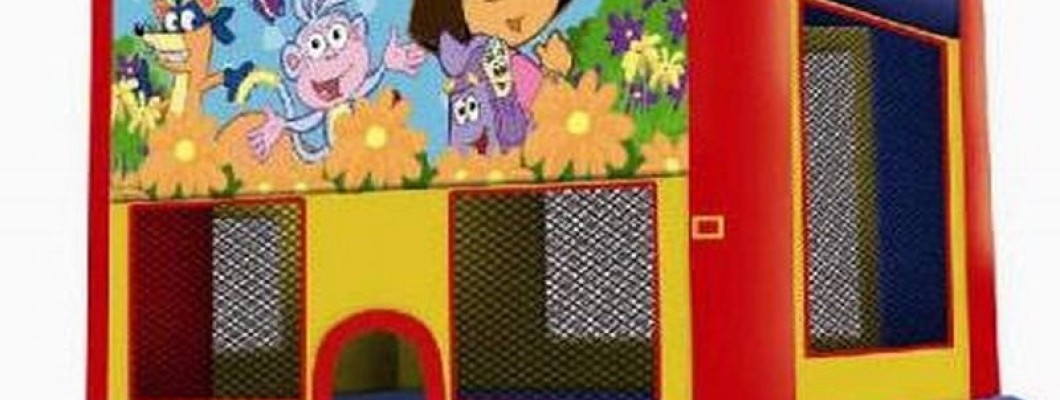
The bounce house industry in America has seen significant growth and transformation since its inception. What started as a simple inflatable play structure has evolved into a diverse and sophisticated industry with a wide range of products and services. Here’s a look at how the bounce house industry has evolved over the years:
1. Origins and Early Development
The concept of the bounce house began in the 1960s when inventor John Scurlock created the first inflatable structure as a part of his commercial tent business. Originally called "Jumpolines," these early bounce houses were simple, inflatable trampolines designed primarily for commercial use at fairs and amusement parks.
2. Expansion to Residential Use
In the 1980s and 1990s, bounce houses began to gain popularity for residential use. This shift was driven by innovations in materials and design, making bounce houses more affordable and accessible for backyard parties and home use. Companies started to offer a variety of themes and sizes, catering to different age groups and preferences.
3. Increased Variety and Theming
As the bounce house industry continued to grow, manufacturers introduced a wider range of designs and themes. Bounce houses evolved from basic structures to elaborate designs featuring castles, pirate ships, sports arenas, and more. Themed bounce houses became popular for birthday parties, school events, and community gatherings, enhancing their appeal and versatility.
4. Focus on Safety and Regulations
With the growth of the industry, safety became a major concern. In response, regulations and safety standards were established to ensure the safe use of bounce houses. These regulations cover aspects such as material quality, structural integrity, and proper setup procedures. The industry has made significant advancements in safety technology, including reinforced seams, safety nets, and non-slip surfaces.
5. Technological Innovations
Technological advancements have played a key role in the evolution of bounce houses. Innovations include improvements in inflatable materials, more efficient blower systems, and the integration of interactive elements such as slides, obstacle courses, and games. These advancements have enhanced the overall experience and functionality of bounce houses.
6. Environmental Considerations
In recent years, there has been a growing focus on environmental sustainability within the bounce house industry. Manufacturers are exploring eco-friendly materials and production methods to reduce the environmental impact of inflatable structures. This includes using recyclable materials and developing more energy-efficient products.
7. Expansion of Rental Services
The bounce house rental market has expanded significantly, with businesses offering a wide range of options for events of all sizes. Rental companies provide not only bounce houses but also additional features such as concession stands, party decorations, and interactive games. This expansion has made bounce houses more accessible for various types of events and occasions.
8. Increased Popularity and Cultural Impact
The popularity of bounce houses has continued to grow, becoming a staple at parties, festivals, and community events across America. They have become an integral part of childhood celebrations and have a significant cultural impact, influencing how people plan and experience events. The industry has also embraced social media and online marketing, further boosting its visibility and reach.
Conclusion
The bounce house industry in America has evolved from its early beginnings as simple inflatable structures to a diverse and dynamic sector with a wide range of products and services. With advancements in safety, technology, and design, bounce houses continue to provide fun and excitement for people of all ages. As the industry moves forward, ongoing innovations and a focus on sustainability will likely shape its future development.

Leave a Comment